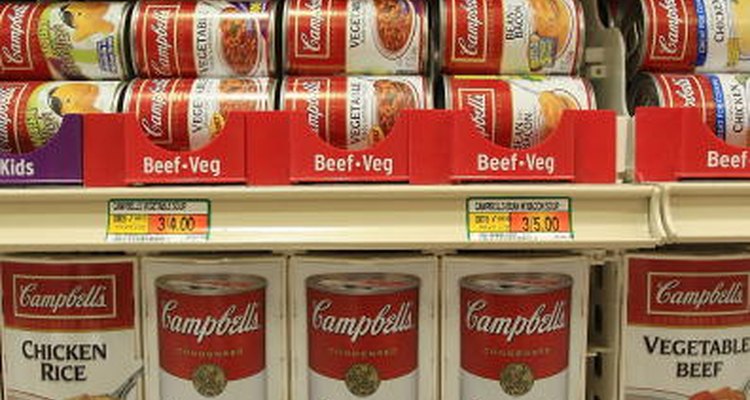
The adding of preservatives is common in the food manufacturing, prepared and fast food to extend the shelf life of perishable foods, such as dairy, soups, fruit-based pie filling and salad creams. Campbell's Soups use sodium and acids as chemical preserving agents for its products, percentages of which can vary depending on the type of soup. Some of its preservatives also double as flavor enhancers—for example many Campbell's Soups contain sodium-rich monosodium glutamate (MSG).
Monosodium Glutamate
The flavor enhancer Monosodium Glutamate (MSG) is the sodium component of glutamic acid, isolated by chemist Kikunae Ikeda in the early 1900s. Hailing from Japan, the white powdery substance has a similar visual appearance to salt, and is commonly found in pre-made stocks, condiments, powdered and canned soups. Campbell’s Soups tends to use MSG in conjunction with other preservatives like sodium in its canned and powdered soups according to the book “The Whole Food Bible: How to Select & Prepare Safe, Healthful Foods” by Christopher Kilham.
Potassium Sorbate
Adding sodium to canned soups as a preservative is a common practice – some manufacturers add as much as 1,200 milligrams per can. Campbell’s Soup is not exception, with soups containing around 480 to 800 grams per can, according to the article “Salty Spat: Campbell's Sued Over '25 percent Less Sodium' Soup Label.” One of the more common sodiums used in Campbell’s Soup is potassium sorbate, which is a salt derived from potassium chloride and sorbic acid. This form of preservative is often found in some of its beef stock-based soups and its tomato soup.
Sodium Phosphate
Many of Campbell’s Soup’s chicken and bean based soups carry large amounts of another salt category known as sodium phosphate. This salt group is the umbrella term for any sodium that derives from phosphoric acid, including: monosodium, disodium hydrogen phosphate and trisodium phosphate. The salt is used in canned soups to change the texture of the soup and sometimes help it to keep the oil from separating from the other liquids.
Lactic Acid
For the preservation of its dairy-based soups, Campbell Soups employs the use of lactic acid. It is a milk acid found in sour milk, molasses and fruit which is produced by exposing carbohydrates to lactic acid bacteria. When adding it to Campbell Soup’s “Cream of Mushroom” or “New England Clam Chowder” the acid actually helps to prohibit the growth of fungal or macrobiotic organisms, helping to keep the canned product safe for ingestion.
Related Articles

Merle Norman Ingredients
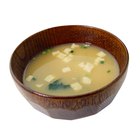
Is Miso Soup Vegan?

What Is Accent Seasoning?

What Foods Provide Calcium D-Glucarate?

Substitute for Manioc Starch

Can You Thicken Soup With Xanthan Gum?

Uses of Saltpeter in Food

What Are the Functions of Pectin in ...

Noxzema Ingredients

Ingredients of Gelatin
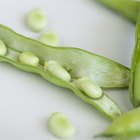
Nutritional Facts of Fava Beans

Calories in Tofu Cream Cheese
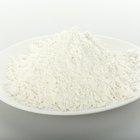
Foods With Calcium Phosphate

Foods That Have Xanthan Gum

How to Prepare Toothpaste From Baking ...

How to Make Salt Brine
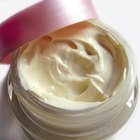
Preservatives Used in Cream

Low Sodium Substitute for Condensed ...

Composition of Monosodium Glutamate
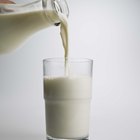
Whole Milk Vs. Lactaid Milk
References
- “Bloomberg”: New York Pushes for 25% Salt Reduction in U.S. Foods (Update2); Tom Randall, Shannon Pettypiece, January 11, 2010
- “Food Technology”; Belinda Campbell, Barbara Clapton, Catherine Tipton; 2002
- “The Whole Food Bible: How to Select & Prepare Safe, Healthful Foods”; Christopher Kilham; 1996
Writer Bio
B. Maté has been reporting on creative industries since 2007—covering everything from Fashion Week to the latest artist to wow the Parisian art scene. Her experience stems from a marketing background, with more than 12 years of experience consulting fashion-forward entrepreneurs.
Photo Credits
David McNew/Getty Images News/Getty Images